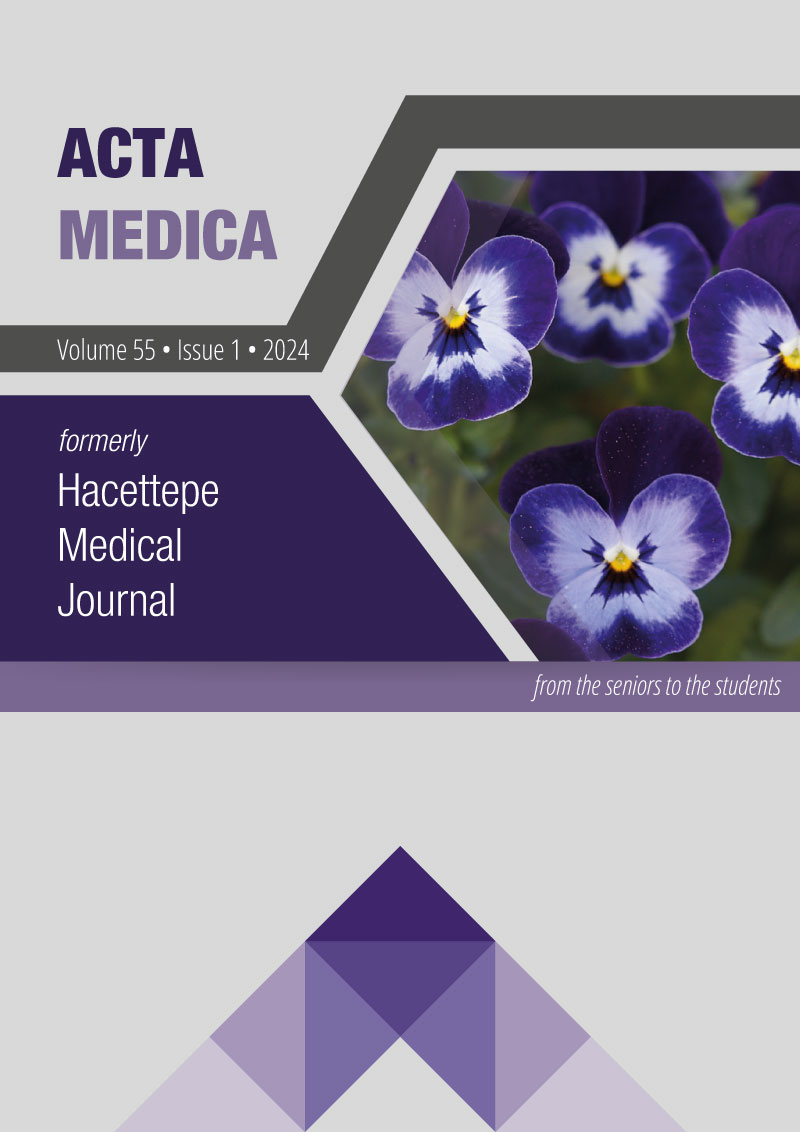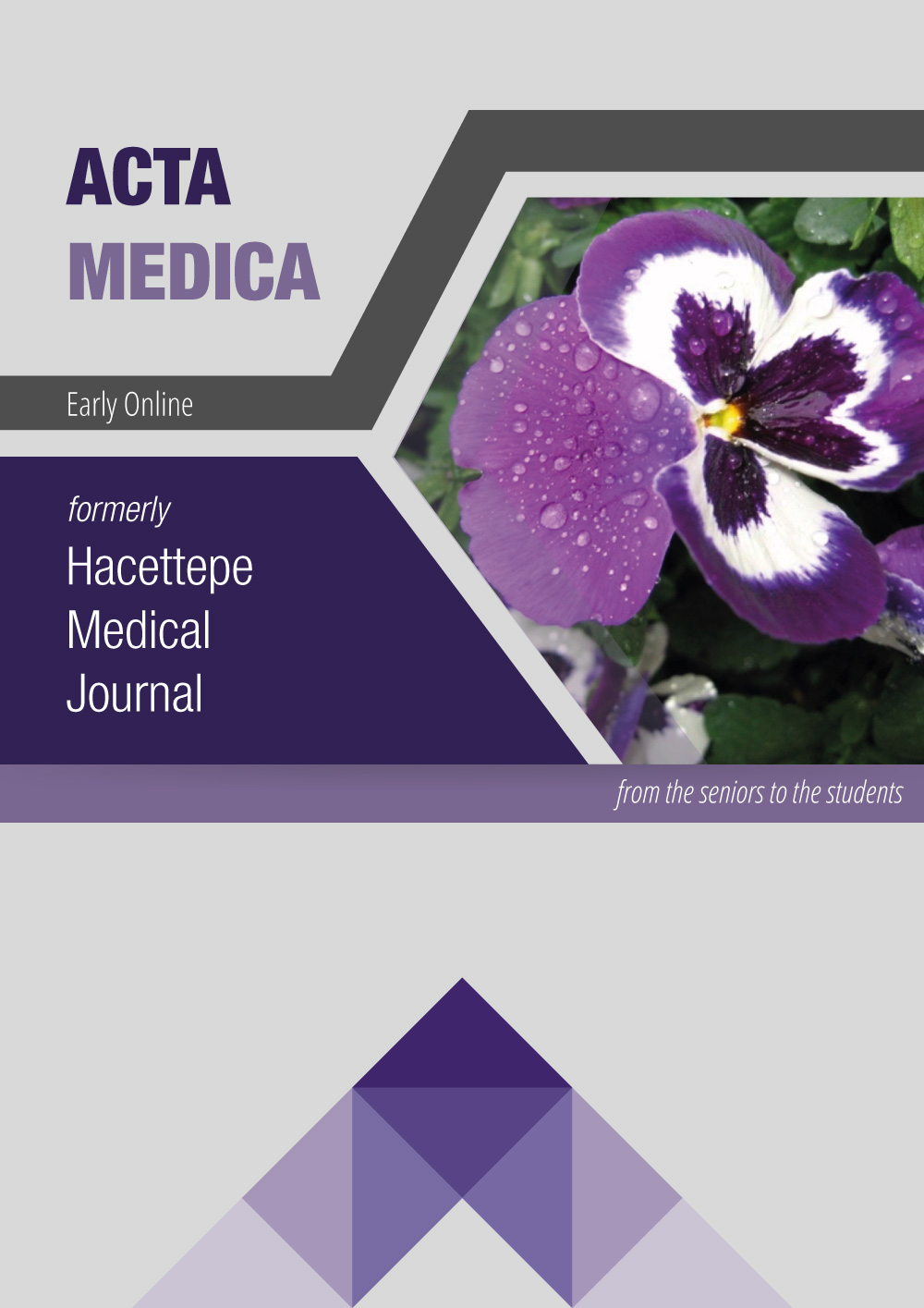Clinical results of patients with variceal bleeding and risk analysis of scoring systems
DOI:
https://doi.org/10.32552/2024.ActaMedica.942Keywords:
variceal bleeding, risk analysis, Child-pugh scoreAbstract
Introduction: Gastroesophageal varices are a common complication of chronic liver disease and the associated portal hypertension. Gastroesophageal variceal bleeding is the most important cause of mortality in cirrhotic patients, and the risk of developing varices and bleeding significantly increases when hepatic venous pressure gradient (HVPG) exceeds 10-12 mmHg.
Aim: In this study, we aimed to determine the most useful scoring system to assess patients with gastric and esophageal variceal bleeding to guide treatment according to the type of varices, to predict the risk of rebleeding and mortality, and to determine the relationship between types of varices, comorbidities, and mortality.
Results: We retrospectively analyzed the files of 566 patients who presented to the Emergency Internal Medicine Department with gastrointestinal hemorrhage. Among these, we recruited 117 patients who were diagnosed with varices. Hematemesis and melena were significantly more common in patients with esophageal variceal bleeding compared to patients with gastric variceal bleeding (p=0.025 and p=0.036, respectively) Among the analyzed scoring systems, the Child-Pugh score most successfully predicted mortality with the highest AUC value (AUC: 0.851, 95% CI: 0.770-0.932, p<0.0001).
Conclusion: Assessment with scoring systems upon admission is useful for risk classification and prediction of mortality risk. In this context, the Child-Pugh score can be used to assess acute variceal hemorrhages.
Downloads
Downloads
Published
How to Cite
Issue
Section
License
Copyright (c) 2024 Acta Medica

This work is licensed under a Creative Commons Attribution-NonCommercial-NoDerivatives 4.0 International License.


